The pressure and flow of the hydraulic system have a profound impact on the performance of the Hydraulic Slewing Drive in many ways. The pressure directly determines the driving force that the hydraulic system can provide. When the pressure of the hydraulic system is higher, the driving force generated also increases, which enables the Hydraulic Slewing Drive to output higher torque. This is especially important for applications that need to withstand large loads, because the higher torque output ensures that the system can operate stably, even in extreme conditions.
At the same time, the flow of the hydraulic system is also one of the key factors affecting the performance of the Hydraulic Slewing Drive. An increase in flow will increase the speed of the hydraulic motor, which in turn increases the rotation speed of the Hydraulic Slewing Drive. Therefore, under the condition of a certain pressure, a larger flow can provide a faster operating speed for the system, which is important for applications that require efficient operation or fast response.
In addition to the direct impact on performance, the pressure and flow of the hydraulic system also affect the accuracy and control performance of the Hydraulic Slewing Drive. When the pressure and flow of the hydraulic system are stable, the Hydraulic Slewing Drive can achieve more accurate positioning and control, which is particularly important in applications that require precise control of the rotation position. Through stable pressure and flow, the system can achieve more precise control, thereby ensuring the reliability and stability of the Hydraulic Slewing Drive in operation.
In addition, properly matched pressure and flow can also improve the energy efficiency performance of the hydraulic system, thereby reducing energy consumption. By ensuring a reasonable balance between pressure and flow, the system can operate in a more efficient manner, reduce energy waste, and improve the overall energy efficiency of the system.

 ENG
ENG
 English
English русский
русский Español
Español
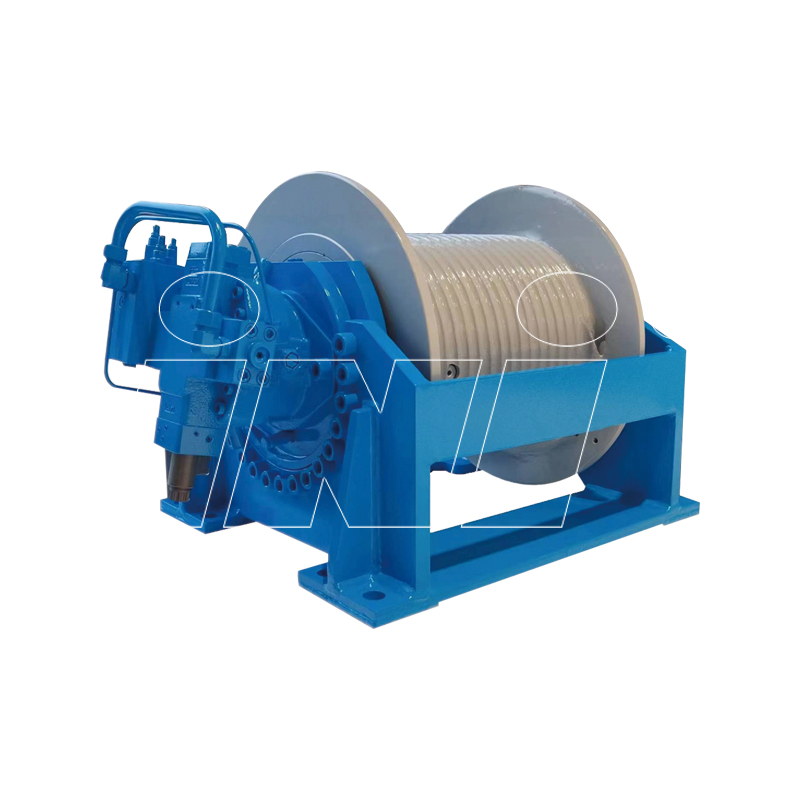
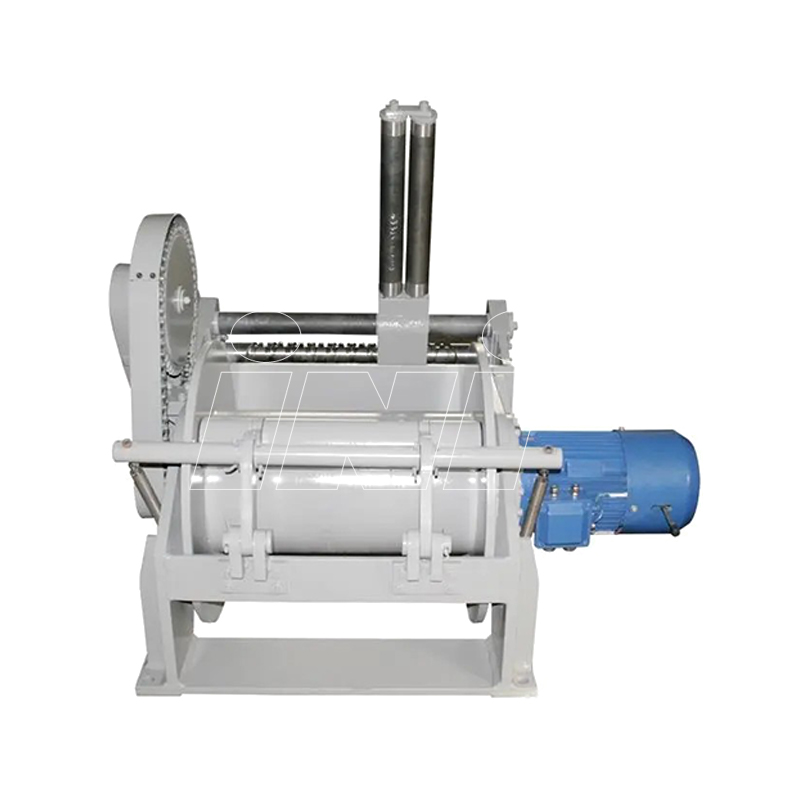
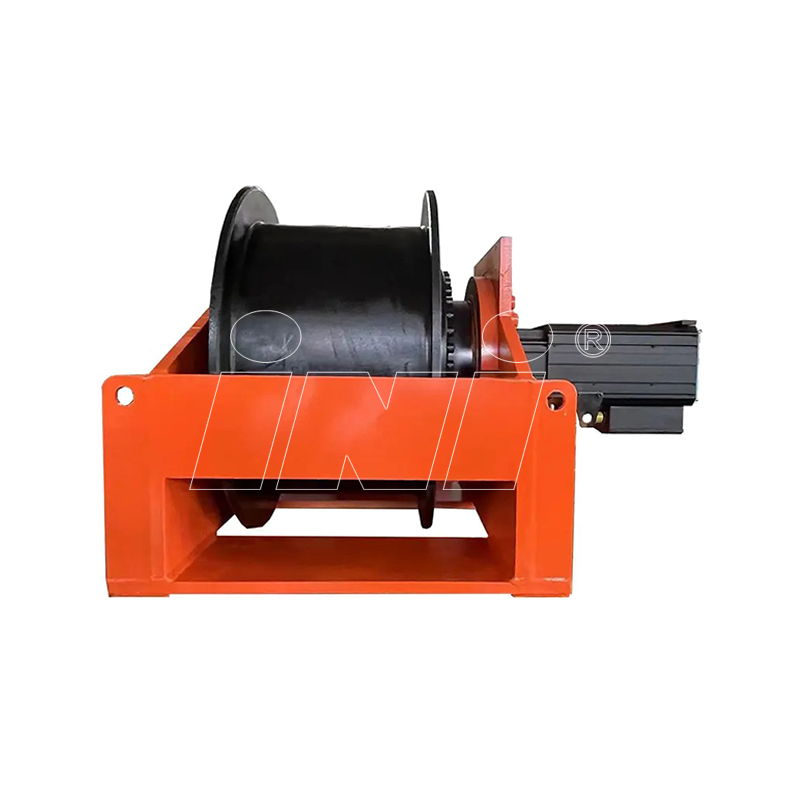

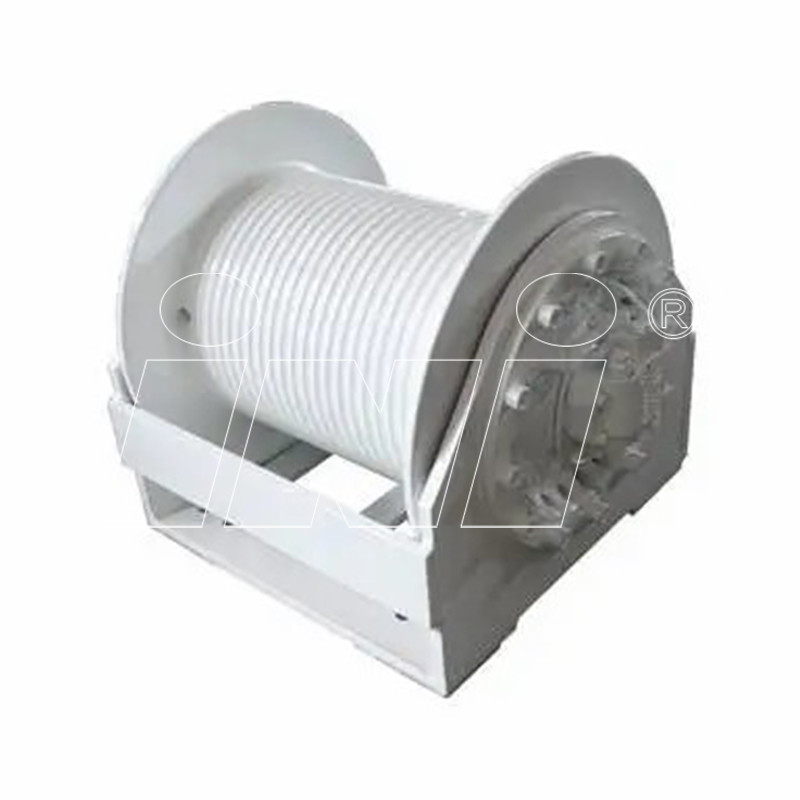
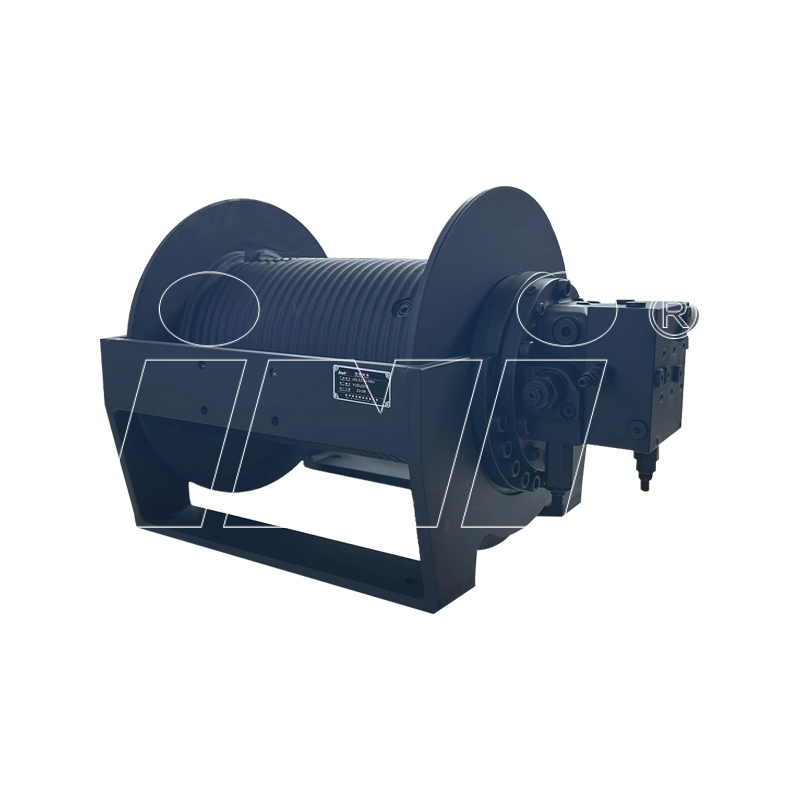
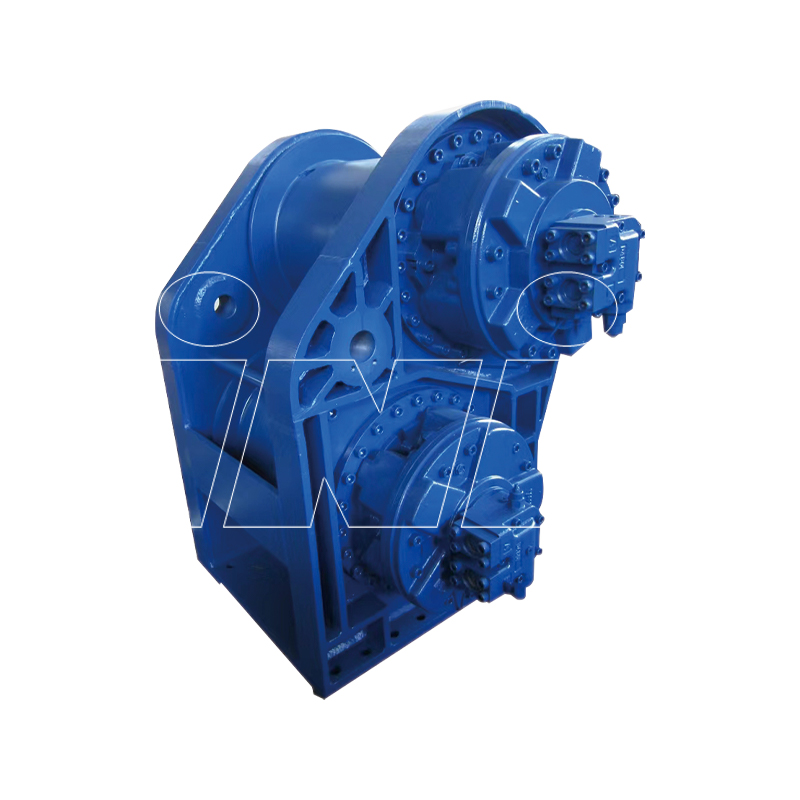

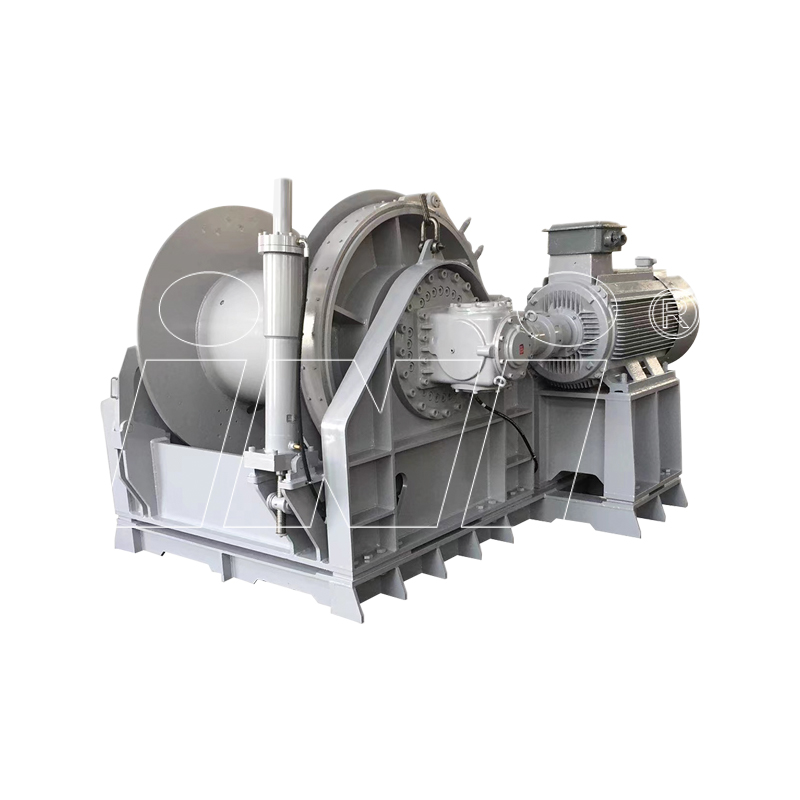





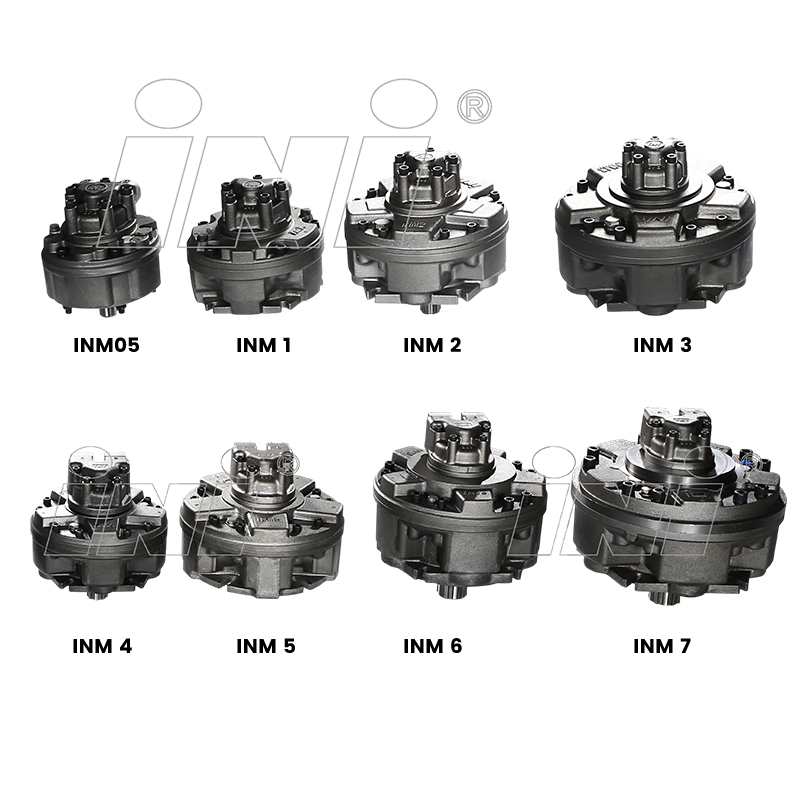

 English
English русский
русский Español
Español
 TOP
TOP